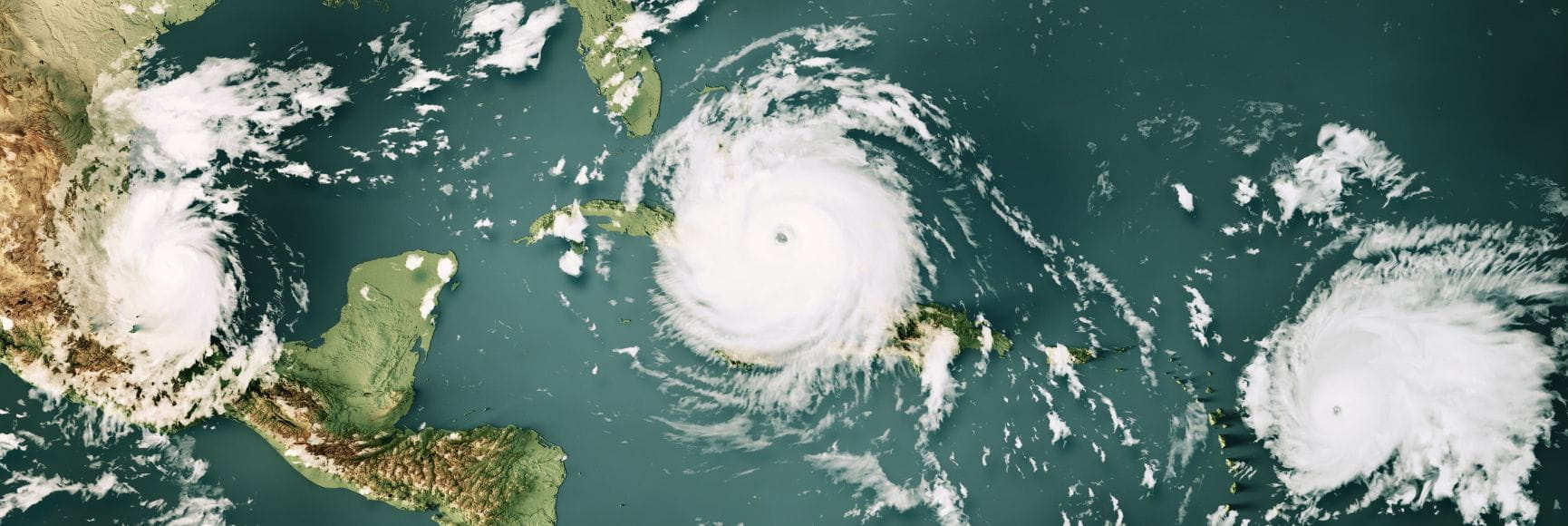iStock.com/MarioGuti
Posted by Richard Allen[1]
A recently published paper in the OECD Journal on Budgeting (https://0-doi-org.library.svsu.edu/10.1787/bdfca328-en) discusses how budgeting systems can be better prepared for national (and global) emergencies such as COVID-19, with special reference to the health sector.[2] What spending modalities and flexibilities were introduced during the pandemic to provide emergency funding for health services? What are the emerging lessons? Which of these mechanisms should be sustained or refined in the future to enhance preparedness and responsiveness in health spending or other areas of budgeting?
IMF data demonstrate that the pandemic exercised a huge fiscal squeeze on many countries. At the same time, substantial discretionary fiscal support has been provided: up to 35% of GDP for advanced economies, up to 14% of GDP for emerging markets, and up to 6.5% of GDP for low-income developing countries. The size of emergency financing provided to the health sector alone ranges from 5% of GDP to more than 20% of GDP in OECD countries.
The paper focuses especially on the experience of low-income and lower middle-income countries (LMICs). These countries have used a range of special instruments and spending modalities to provide emergency support to the health sector, which include:
- The creation of new budgetary programs or (in more than 40 countries) targeted extrabudgetary entities or accounts to finance emergency spending.
- Accelerating transfers of spending authorizations to sub-national governments.
- Frontloading funds to service providers such as hospitals and health centers.
- Contracting out the delivery of health-related goods and services to private providers.
- Accelerating procurement processes balanced (in many countries) by attention to the possibility of fraud and financial misreporting
Drawing on the emerging experience of the pandemic in the health sector, and considering the implications for potential future fiscal crises, the paper outlines the following six lessons.
- Fiscal space is often heavily constrained during periods of national emergency, including in low and low middle-income countries (LMICs). Improving PFM functions to increase the efficiency of health services is one mechanism for expanding fiscal space, but experience shows that many such reforms take a long time to implement and mature. The health sector will not always be the primary recipient of emergency financing, as it was during the COVID-19 pandemic. Finance ministries and Central Budget Offices (CBOs) could consider drawing up rules for emergency financing that have general applicability during crises, benefitting from the lessons of the COVID-19 pandemic.
- New spending flexibilities and modalities need to be fully justified and balanced by accountability. Some of the spending modalities used by health authorities to deal with the pandemic may not have been affordable, may have created fiscal risks, and may undermine fiscal sustainability. They should be rigorously assessed by the finance ministry before being approved by the government and adopted by the health authorities. The criteria adopted by the finance ministry to assess the viability of such schemes should be reviewed after the crisis and lessons drawn on their applicability to future crises. The paper sets out a framework for assessing such risks.
- Some spending modalities used by the health authorities, notably the large number of special COVID-19 funds, can only be economically and financially justified to the extent that the pandemic persists. Most of these funds should then be wound up based on clearly defined sunset clauses, and any surplus resources returned to the treasury.
- Most LMICs need to focus attention on improving the basic features of PFM (especially budget execution) that are fundamental to financing critical spending, including the health sector. Weak capabilities of finance staff working in health ministries as well as the central budget office (CBO) of finance ministries represent another serious constraint. In many LMICs, there are significant gaps in human resources and finance skills, and lack of an effective dialog between the CBO and health services on budget related issues. Some CBOs are unable to exercise an effective “challenge” function when faced with new spending modalities employed by spending ministries such as health.
- Some flexibilities (for example, in-year virement of budgetary resources, supplementary budgets, end-year carryover of unspent funds, contingency reserves, single-source procurement) already exist in the budgeting systems – or the laws on national emergencies - of many countries and can be adapted to deal with fiscal crises. These provisions may need to be supplemented by other spending modalities to deal with specific issues (for example, in the case of the COVID-19 pandemic, shortages of medical supplies, slow and inefficient contracting processes). But care should be taken not to overstretch the capacities of the central finance departments of health ministries or expose countries to technical weaknesses and governance vulnerabilities in their financial management systems.
- With support from the IFIs and donors, LMICs should focus resources on improving the quality of their institutions and governance arrangements without which spending on health and other core public services will remain vulnerable to risks of corruption and fraud. National audit offices and anti-corruption agencies have an important role to play in that process.
[1] Richard Allen is a global consultant on Public Finance and Co-Editor of the IMF’s PFM Blog. He wishes to thank Hélène Barroy, a Senior Public Finance Expert at the World Health Organization (WHO), for her invaluable contributions to the OECD paper.
[2] An earlier version of the paper was presented to the 5th Meeting of the WHO’s Montreux Collaborative on the relationship between fiscal space, PFM and health financing which took place from November 15-19, 2021.
Note: The posts on the IMF PFM Blog should not be reported as representing the views of the IMF. The views expressed are those of the authors and do not necessarily represent those of the IMF or IMF policy.








